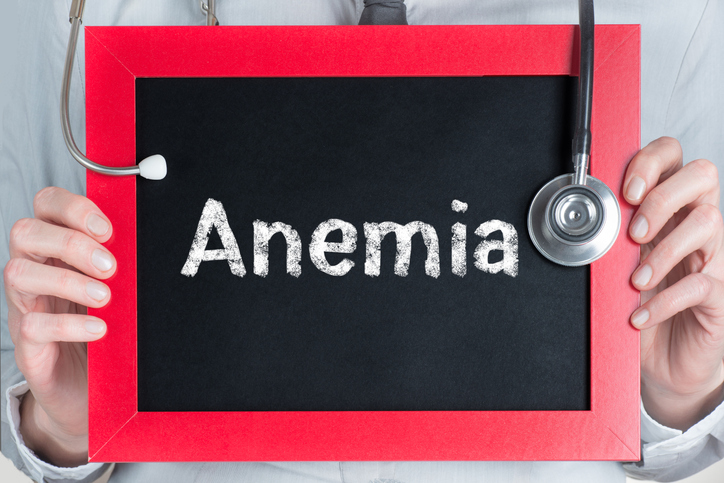Treatments
What Is Drug-Induced Anemia?

Anemia, or low hemoglobin, is a condition in which the body does not have an adequate amount of healthy red blood cells. Red blood cells provide oxygen to tissues throughout the body. Without the proper amount of healthy red blood cells, the tissues in the body do not receive adequate oxygen, causing fatigue and weakness.
Anemia has various causes. With drug-induced anemia, a medication causes the body’s immune system to mistakenly attack red blood cells, leading to anemia.
Signs and symptoms
Signs and symptoms of drug-induced anemia include the following:
- Fatigue
- Dizziness or lightheadedness
- Pale or yellow skin
- Dark urine
- Shortness of breath
- Rapid heart rate
Causes
Several types of medication can lead to an immune response that causes drug-induced anemia. Cephalosporins, a class of antibiotics, is the most common cause of the condition. Other medications that may cause drug-induced anemia include the following:
- Other antibiotics, such as penicillin or levofloxacin
- Nonsteroidal anti-inflammatory medications (NSAIDs)
- Acetaminophen
- Medications used to treat high blood pressure, such as methyldopa
- Medications used to treat Parkinson’s disease, such as levodopa
Risk factors
Drug-induced anemia is more likely to occur in adults than in children. Individuals who take a medication that is associated with drug-induced anemia are at risk for developing the condition.

















